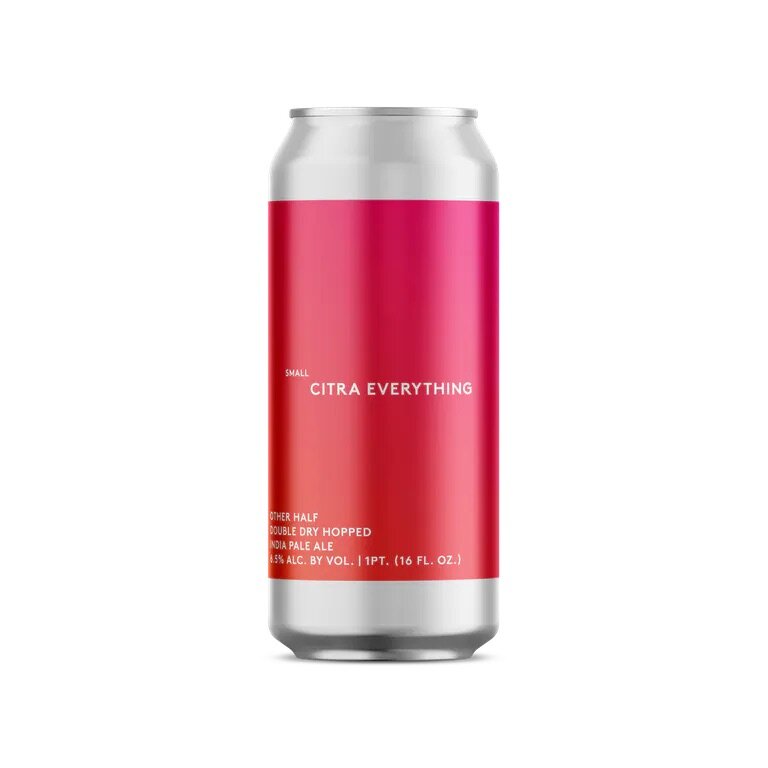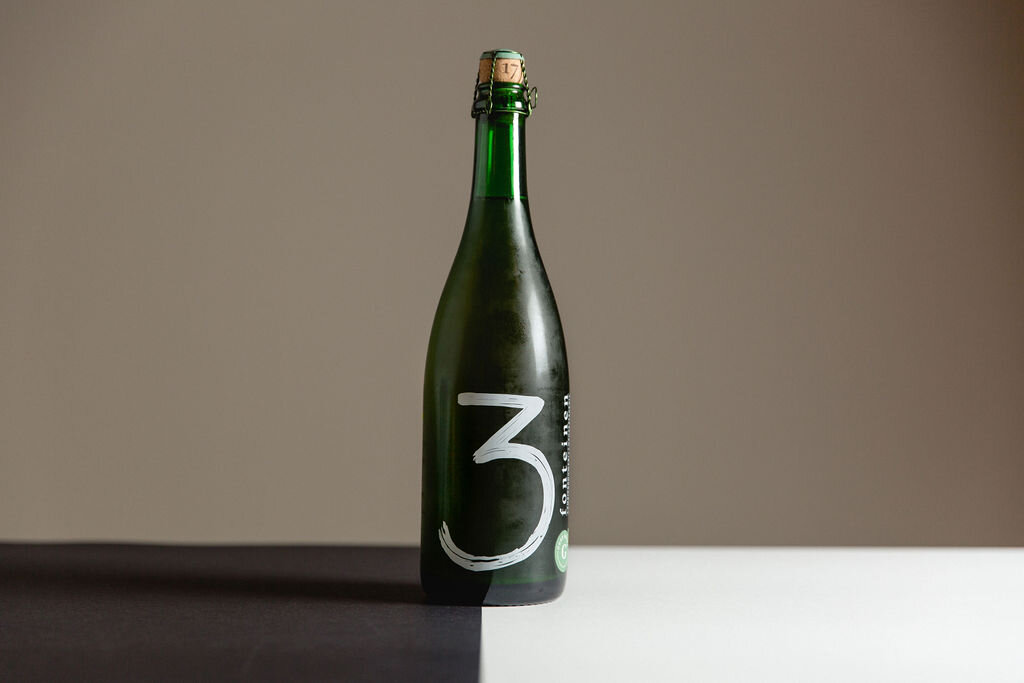Think all fizzy yellow lagers taste the same? Have you ever mixed up a gose and a gueuze? Do you really know the difference between a West Coast and New England IPA? We asked beer educator Natalya Watson to explain what sets each of these styles apart. She's also recommended a few beers to taste to help bring these flavours to life, so get your orders in and get ready to spot the difference.
We’re closing out our three-part series with the most popular craft beer styles today: (West Coast) IPA vs. New England IPA
Ah, the IPA. Still the most popular style in the craft beer world, our expectations around the flavour – and the clarity – of this beer have certainly changed of late. IPA is, and always will be, a style that’s all about the hops. But what sets a more traditional American, or West Coast, IPA apart from the more modern New England IPA is how the brewers use those hops, because when hops are added to the brew determines what flavours they impart. To bring out their bitterness, hops have to be boiled. But the boil drives off a lot of their aroma and flavour contribution. To bump this back up again, more hops can be added later in the brew (once the liquid has cooled) in a process called dry-hopping, which typically takes place after fermentation.
A West Coast IPA is packed full of hop aroma, flavour, and – importantly! – bitterness. The aromas and flavours here are those often found in more traditional American hops like Cascade, Chinook and Columbus – think grapefruit, pine and resin. And while the malt contribution here shouldn’t be too flavourful (we don’t want anything taking away from the focus on the hops) its presence is still important to provide a firm foundation for all that hop bitterness. For a classic example of this style and all of its punchy piney and resinous hop character check out Elusive Brewing Oregon Trail.
New England IPA is still all about the hops, but the focus here is more on their aroma and flavour contribution – and less on their bitterness – which all comes down to dry-hopping. Not only does this process amp up the beer’s aroma though, it also clouds up its appearance. Hence why this style is often referred to as hazy IPA. The addition of grains like wheat or oats further compromises clarity, but they add a soft, smooth texture that perfectly complements the ripe, juicy hop flavours of stone fruit and tropical fruit – from hops like Mosaic® and Citra® – and perfectly completes the mental image of a fresh glass of fruit juice. Thirsty? Try Black Iris Don’t Fear the NEIPA.
While both of these IPA styles are all about the hops, they celebrate different aspects of hops’ character. And again, give us all a chance to find our favourites!
--
Natalya Watson is a beer educator, Beer Sommelier and Advanced Cicerone® passionate about sharing her knowledge of beer with others because she believes that beer is simply too delicious to remain undiscovered. She’s the founder of Virtual Beer School, host of the ‘Beer with Nat’ podcast, and author of Beer: Taste the Evolution in 50 Styles. Follow her on social @beerwithnat or learn more at beerwithnat.com
Photo: Natalya Watson
Note from Hop Hideout:
Thanks to Natalya for the third and final part in this beer styles series for Hop Hideout. We recently completed her Virtual Beer School and it’s rekindled our passion for the wonderful myriad of beers out there. Which then gave us this blog series idea. Beers do come in and out of stock, especially seasonal and specials, plus India pale ales seem on constant rotation release as often they’re showcasing the latest hops or process techniques (though we do have a few ‘fridge favourites’ we regularly stock). We generally try to keep regular availability across a great range of IPAs (West Coast, New England, a mix of the two styles WCIPA x NEIPA!, California IPA, Black IPA, Brut IPA, Sour IPA, English IPA, White IPA, Red IPA, Belgian IPA….. the list of combinations seems endless and constantly cycling in taste fashions and creative new ways!) and as excited beer drinkers we always look out for intriguing, well brewed beers.
Hop Hideout also recommends from our current online shop, via 100% cold-chain import from the USA to our shop fridges, New York City’s IPA stalwarts - Other Half Brewing: Small Citra Everything, Broccoli, Go With The Flow Strata and Mylar Bags.
If you fancy a cross-section of styles across one brewery we also recommend checking North West UK based Rivington Brewing Co: NE Pale, California IPA and Sour IPA.










